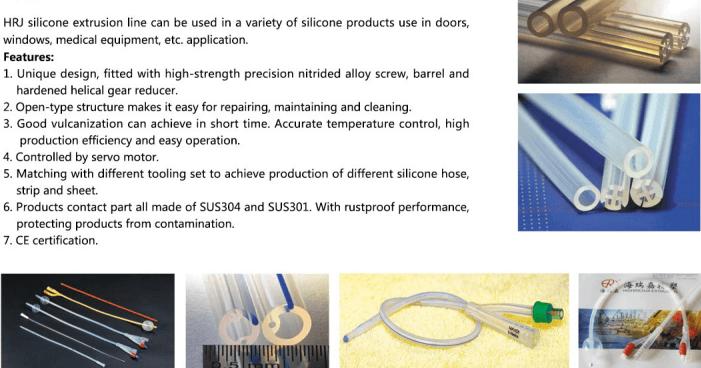
Benefits of Using Silicone Catheters
Silicone catheters have revolutionized medical care, offering numerous advantages over traditional catheter materials. In this article, we will explore the various uses of silicone catheters, highlighting their benefits, including hypoallergenic properties, reduced catheter blockages, and lower infection rates. Additionally, we will address the question of how often silicone catheters should be changed to ensure optimal patient care.
What Is a Silicone Catheter Used for?
Silicone catheters are widely used in medical settings for various purposes, including urinary and vascular interventions. They are typically inserted into the body to facilitate drainage, administration of medications, or diagnostic procedures. Silicone catheters are commonly utilized in the following scenarios:
●Urinary Catheterization
Silicone catheters play a vital role in managing urinary dysfunction. They are frequently used to drain urine from the bladder in individuals who are unable to urinate independently due to various medical conditions such as urinary retention, surgery, or neurological disorders.
●Vascular Access
Silicone catheters are also employed for vascular access, allowing medical professionals to deliver medications, nutrients, or fluids directly into the bloodstream. They are commonly used for long-term intravenous (IV) therapy, chemotherapy administration, or hemodialysis.
●Diagnostic Procedures
Silicone catheters are utilized in diagnostic procedures such as angiography, where they are inserted into blood vessels to inject contrast agents and visualize the blood vessels and organs using medical imaging techniques.
Benefits of Using Silicone Catheters
Silicone catheters offer several advantages over catheters made from other materials. The benefits of silicone catheters include:
●Hypoallergenic
Silicone catheters are hypoallergenic, making them an excellent choice for patients with sensitivities or allergies to other catheter materials such as latex or rubber. The low allergenic potential of silicone reduces the risk of allergic reactions, making it a safe option for a broader range of patients.
●Fewer Catheter Blockages
Silicone catheters have a smooth surface, reducing the risk of encrustation and blockages compared to other catheter materials. The smoothness of silicone minimizes the adherence of debris or crystals, allowing for improved urine or fluid flow through the catheter. This property helps maintain catheter patency and reduces the need for catheter replacement.
●Cause Fewer Infections
Silicone catheters are known for their biocompatibility and ability to resist bacterial colonization. This property reduces the risk of catheter-associated infections, such as urinary tract infections (UTIs). The smooth surface of silicone catheters inhibits bacterial adherence and biofilm formation, which are common causes of infections. By using medical silicone catheters, the incidence of infections can be significantly reduced, enhancing patient safety.
How Often Should Silicone Catheters Be Changed?
The frequency of changing silicone catheters depends on various factors, including the patient's medical condition, the type of catheter, and the healthcare provider's recommendations. In general, it is essential to follow the guidelines provided by healthcare professionals to ensure optimal catheter care.
Routine changing of silicone catheters is typically done every 4 to 12 weeks for long-term indwelling catheters. However, regular assessments by healthcare providers are necessary to determine if any signs of catheter-related complications, such as blockages or infections, necessitate an earlier change. It is crucial to follow proper hygiene protocols during catheter insertion, maintenance, and removal to minimize the risk of complications and promote patient well-being.
Routine changing of silicone catheters is typically done every 4 to 12 weeks for long-term indwelling catheters. However, regular assessments by healthcare providers are necessary to determine if any signs of catheter-related complications, such as blockages or infections, necessitate an earlier change. It is crucial to follow proper hygiene protocols during catheter insertion, maintenance, and removal to minimize the risk of complications and promote patient well-being.
Conclusion
Silicone catheters offer multiple advantages in terms of hypoallergenic properties, reduced blockages, and lower infection rates. Their versatility and safety make them a valuable tool in medical interventions involving urinary and vascular systems.
As medical technology continues to advance, silicone catheters are likely to play an increasingly important role in enhancing patient care and improving outcomes.
As medical technology continues to advance, silicone catheters are likely to play an increasingly important role in enhancing patient care and improving outcomes.




